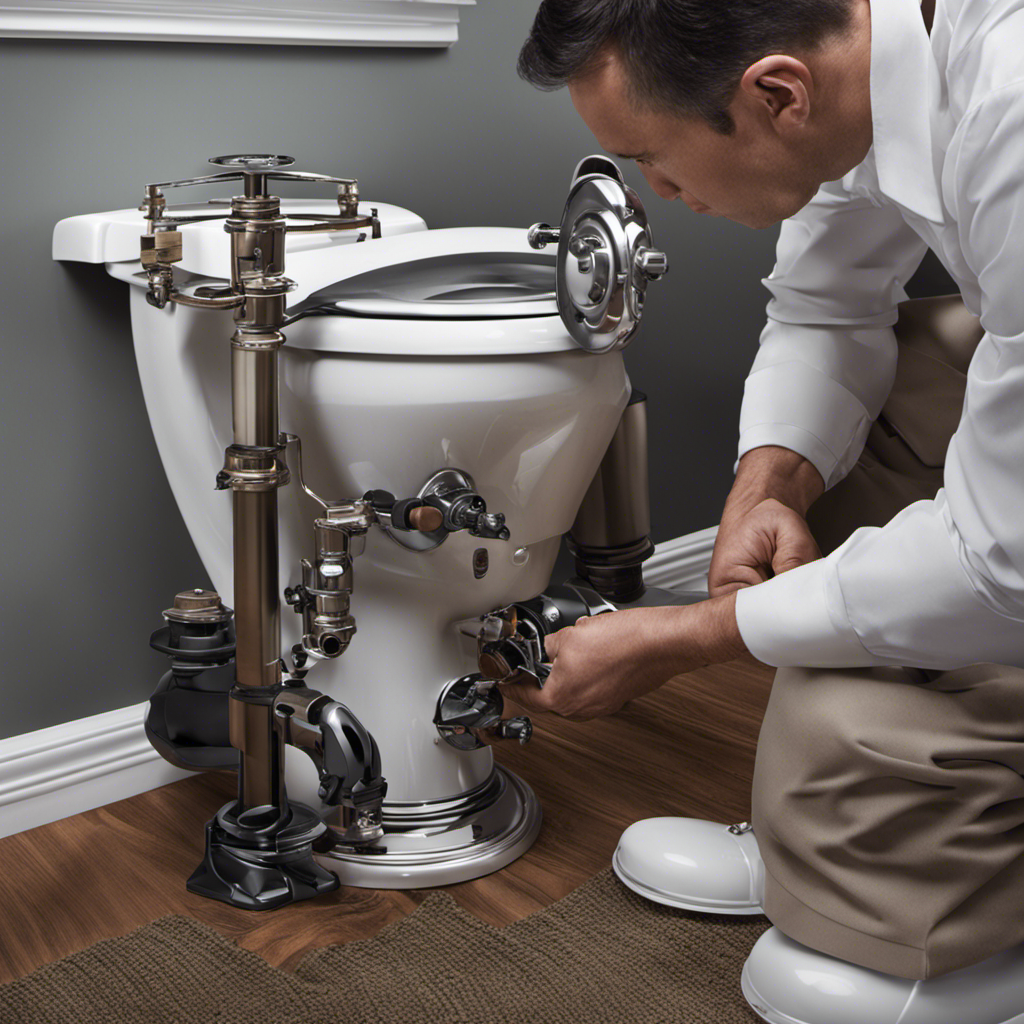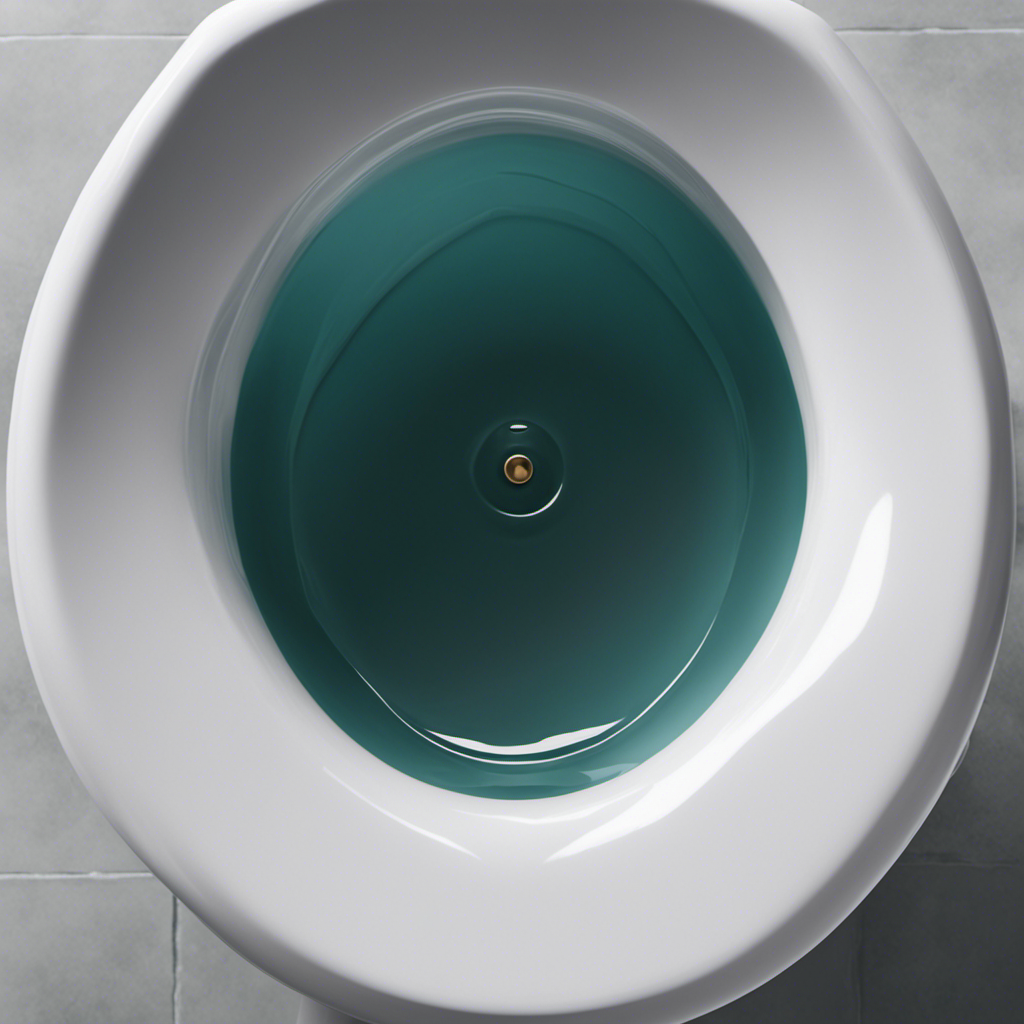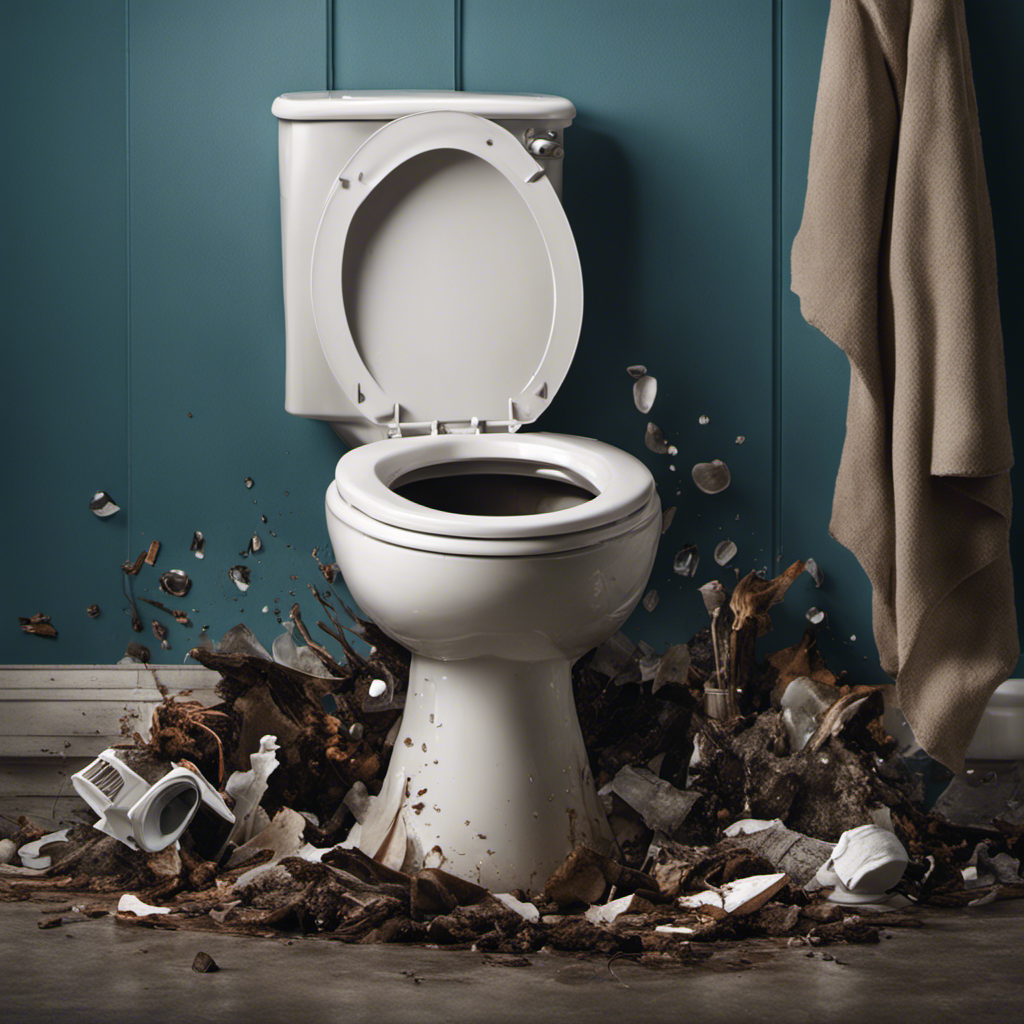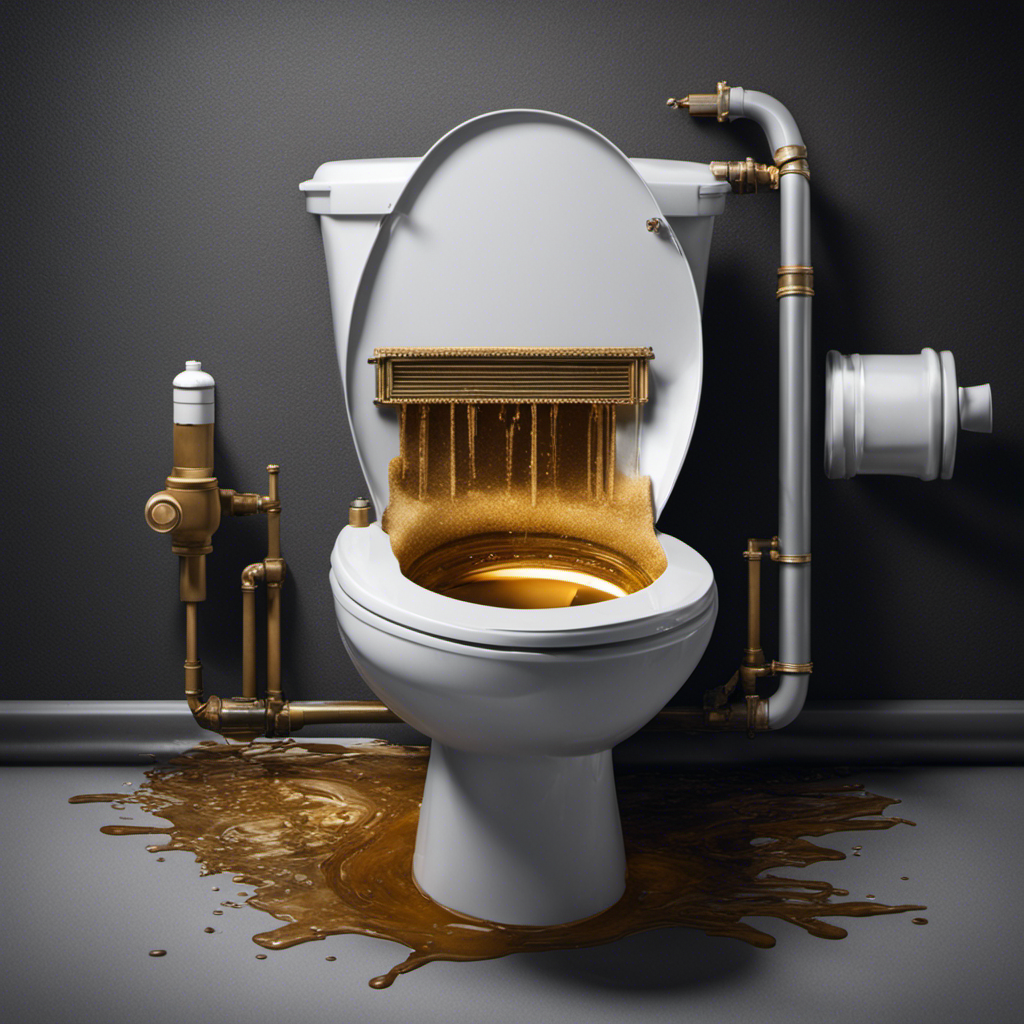Did you know that a slow flushing toilet is one of the most common plumbing problems homeowners face?
If you’re tired of dealing with a toilet that takes forever to flush, you’re in the right place. In this article, I’ll show you step-by-step how to fix the issue and get your bathroom running smoothly again.
From identifying and fixing clogs to adjusting the water level, cleaning the jets, and replacing the flapper valve, I’ll provide all the detailed instructions you need.
Let’s get started!
Key Takeaways
- Clogged pipes, accumulation of debris, low water pressure, and issues with the water supply or fill valve are common causes of a slow flushing toilet.
- To fix clogs in the toilet, you can use a plunger, a toilet auger, or a chemical drain cleaner if needed. Calling a professional plumber may be necessary for stubborn clogs.
- Adjusting the water level in the toilet tank can improve flushing performance. Use a wrench or pliers to turn the fill valve clockwise to decrease water level, or counterclockwise to increase it.
- Cleaning the toilet jets and rim holes regularly with a toilet brush and cleaning solution is important to remove mineral deposits, bacteria, and debris that can affect water flow.
Common Causes of a Slow Flushing Toilet
One of the most common causes of a slow flushing toilet is a clogged pipe. When the pipe that connects the toilet bowl to the main drain becomes blocked, it restricts the flow of water and reduces the flushing power. This can happen due to various reasons, such as the accumulation of toilet paper, debris, or even mineral deposits over time.
Another factor that can contribute to a slow flushing toilet is low water pressure. Insufficient water pressure means that there is not enough force to push the waste down the drain effectively. In such cases, it is important to check if there are any issues with the water supply or if the toilet’s fill valve needs adjustment.
Fixing these common causes can significantly improve the flushing performance of the toilet.
Identifying and Fixing Clogs in the Toilet
To identify and fix clogs in the toilet, you can start by using a plunger. This is a common and effective method for clearing obstructions in the toilet drain. A plunger creates suction, which helps to dislodge the blockage and restore proper flushing.
When using a plunger, it’s important to create a tight seal around the drain opening and apply firm pressure with an up-and-down motion. If the plunger doesn’t resolve the issue, there may be a more stubborn clog that requires additional steps.
One option is to use a toilet auger, which is a long, flexible tool designed to reach and remove deeper blockages. Another option is to use a chemical drain cleaner, but be cautious as these can be harsh on the plumbing system.
If all else fails, it may be necessary to call in a professional plumber.
Adjusting the Water Level in the Toilet Tank
Adjusting the water level in the toilet tank is an important step in toilet tank maintenance and can help with water saving toilet adjustments. To begin, locate the fill valve, which is usually on the left side of the tank. Using a wrench or pliers, gently turn the valve in the desired direction. If you want to decrease the water level, turn it clockwise; if you want to increase it, turn it counterclockwise. Be sure to make small adjustments and test the flush after each turn until you achieve the desired water level. Regularly checking and adjusting the water level in the toilet tank can help conserve water and prevent any potential issues in the future.
Cleaning the Toilet Jets and Rim Holes
Start by grabbing a toilet brush and spraying a cleaning solution onto the bristles. Cleaning the toilet jets and rim holes is an essential part of toilet maintenance and can help troubleshoot common toilet issues like slow flushing. These jets and holes can become clogged with mineral deposits, bacteria, and other debris over time, affecting the water flow and flushing performance. To clean them, use the toilet brush to scrub the inside of the rim holes and jets, making sure to reach all areas. You can also use a small wire or toothpick to remove any stubborn buildup. Regularly cleaning the toilet jets and rim holes will ensure proper water flow and prevent any potential issues with the toilet’s flushing mechanism.
| Jet/Rim Hole | Cleaning Method |
|---|---|
| 1 | Scrub with toilet brush and cleaning solution |
| 2 | Use small wire or toothpick to remove buildup |
| 3 | Rinse thoroughly with water |
| 4 | Repeat cleaning process regularly to maintain performance |
Replacing or Repairing the Flapper Valve in the Toilet Tank
When replacing or repairing the flapper valve in your toilet tank, it’s important to first turn off the water supply to prevent any leaks or water damage. The flapper valve is a crucial component that regulates the flow of water from the tank into the bowl during flushing.
Over time, the flapper valve may wear out or become damaged, leading to leaks or a weak flush. To troubleshoot toilet tank leaks, inspect the flapper valve for any signs of wear or damage, such as cracks or warping. If necessary, remove the old flapper valve and replace it with a new one.
Regular flapper valve maintenance is essential to ensure proper functioning of your toilet and prevent water wastage. By following these steps, you can effectively address any issues related to the flapper valve and maintain a leak-free toilet.
Frequently Asked Questions
Can a Slow Flushing Toilet Be Caused by a Problem With the Water Supply?
Yes, a slow flushing toilet can be caused by low water pressure or a problem with the water supply. Insufficient water flow into the toilet tank can result in weak flushing, leading to slow drainage.
Is It Normal for a Toilet to Flush Slowly After Being Used for a Long Time?
After prolonged use, it is not uncommon for a toilet to flush slowly. This can be due to sediment buildup in the toilet tank or clogging in the toilet bowl.
Can a Slow Flushing Toilet Be Fixed by Using a Plunger?
Yes, a slow flushing toilet can often be fixed by using a plunger. If the plunger doesn’t work, there are alternative solutions such as using a toilet auger or calling a professional plumber.
How Often Should the Toilet Jets and Rim Holes Be Cleaned to Prevent a Slow Flush?
To prevent a slow flush, it’s important to clean the toilet jets and rim holes regularly. Neglecting these areas can lead to clogs and reduced water flow. Signs of a slow flushing toilet include water backing up and incomplete flushing.
Can Using Excessive Toilet Paper Cause a Slow Flushing Toilet?
Sure, excessive toilet paper can definitely cause a slow flushing toilet. It can clog the pipes and prevent proper water flow. Consider using toilet paper alternatives or being mindful of how much you use to prevent clogs.
Conclusion
In conclusion, it’s essential to address a slow flushing toilet promptly to avoid any inconvenience or discomfort.
By identifying and fixing clogs, adjusting the water level, and cleaning the toilet jets and rim holes, you can restore the functionality of your toilet.
Additionally, replacing or repairing the flapper valve can significantly improve the flushing performance.
With these simple yet effective steps, you can ensure a smooth and efficient flushing experience, leaving you with a pleasantly refreshed bathroom ambiance.










